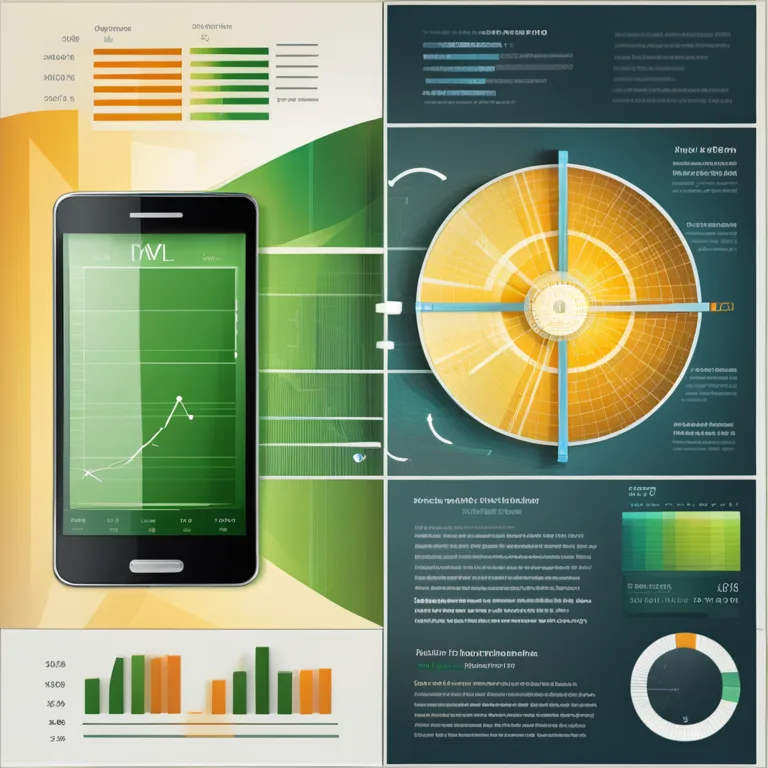
The Biorhythm Cycle: A Guide to Personal Rhythms
Delve into the intricacies of the biorhythm cycle to understand the rhythm of life and how it influences your daily well-being and potential.
article by Adrian Wallace
Introducing Biorhythms
Ever since the 19th century, when the concept was first introduced by Dr. Wilhelm Fliess, biorhythms have fascinated individuals seeking to align with their innate physiological clock. Biorhythms are essentially hypothetical cycles that are said to regulate various aspects of our physical, emotional, and intellectual well-being. Each biorhythm is characterized by a specific duration, with the belief that our life is a series of predictable and fluctuating cycles. The philosophy behind biorhythms suggests that by understanding these cycles, we can anticipate our good and bad days, thus positioning ourselves to maximize success and minimize stress.

The Three Primary Cycles
The theory of biorhythms posits that there are three fundamental cycles that influence our lives: the physical, emotional, and intellectual cycles. The physical cycle, lasting 23 days, is thought to affect our strength, health, and physical vitality. The emotional cycle, at 28 days, supposedly governs mood, creativity, and feelings. Lastly, the intellectual cycle, which spans 33 days, is said to impact cognitive functions, decision-making processes, and clarity of thought. Proponents of biorhythms believe that these cycles start from birth and that by tracking them, one can synchronize activities to align with high phases of each cycle.

The Science Behind Biorhythms
While biorhythms have their share of enthusiasts, it is important to note that the scientific community largely regards them as pseudoscience due to a lack of empirical evidence supporting their predictability. Nonetheless, the notion persists, perhaps due to a human inclination to find patterns in life's ebb and flow. As of 2024, No well-designed scientific studies have conclusively proven the predictive powers of biorhythm cycles, but the concept continues to be a point of interest in alternative and holistic circles.

Biorhythms in Modern Times
In today's digital age, biorhythm calculators and apps are readily available, harnessing the power of algorithms to chart one's personal cycles. Such tools might consider a person's birth date to calculate the rhythmic fluctuations and predict periods of high performance or possible lethargy. While they offer no scientific guarantee, many users swear by the insights they glean from these modern iterations of an old theory, using them as guides to plan their schedules, activities, and critical life decisions.

How To Use Biorhythms
For those who choose to incorporate the concept of biorhythms into their lives, the first step typically involves calculating one's personal cycles. Subsequently, individuals may align their activities with these cycles—attempting to undertake challenging physical tasks during high points of their physical cycle or making significant emotional decisions when their emotional cycle peaks. Critics argue that any positive outcomes are the result of a placebo effect or mere coincidence. However, some users report a sense of empowerment and improved self-awareness.
Critical Views and Considerations
It is crucial for anyone delving into biorhythms to do so with a healthy dose of skepticism. The body of scientific knowledge as of 2024 steers clear of endorsing biorhythms as a deterministic tool. Yet, individuals interested in personal growth and self-improvement may find exploring their biorhythms an interesting, albeit speculative, activity that could potentially shed light on their personal patterns and behaviors.
Published: 12/28/2023
Modified: 12/28/2023
More predictions
Come back here soon to learn more about yourself and your future


Exploring Human Biorhythmic Cycles
Explore the fascinating concept of biorhythms and their influence on physical, emotional, and intellectual faculties in humans.


Biorhythm Compatibility: Fact Or Myth?
Explore the concept of biorhythm compatibility to discover if there's a real connection between our biocycles and relationship harmony.


Biorhythms In Humans Explored
Exploring the concept of biorhythms and their influence on human behavior and physical states.